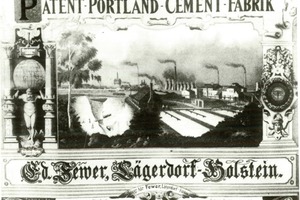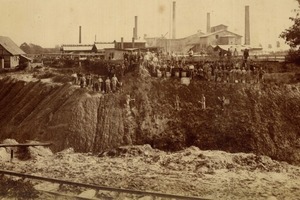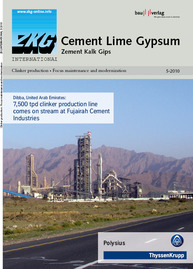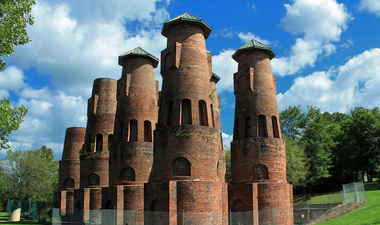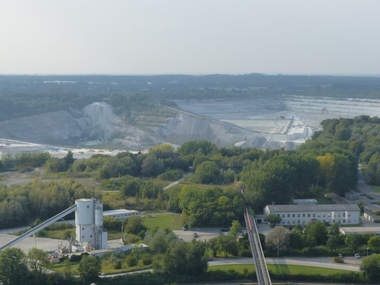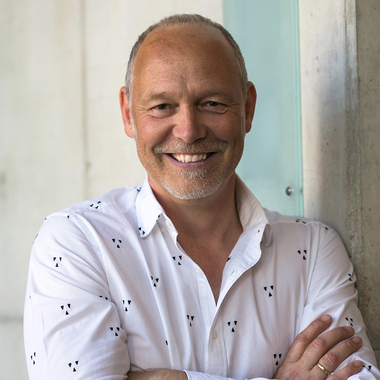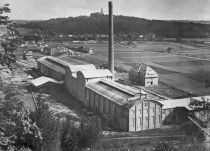150 years of Portland cement production in Lägerdorf
Lägerdorf, in Germany’s northernmost federal state of Schleswig-Holstein, is preparing for a very special anniversary in 2012: this is the place where, one hundred and fifty years ago, in 1862, Edward Fewer and William Aspdin burned the first Portland cement.
William Aspdin, the son of Joseph Aspdin, had emigrated from England to Hamburg in 1857, subsequently setting up, with the help of sponsors, small production facilities for Portland cement in Hamburg and Lüneburg. He had also heard of the so-called “white earth” – the chalk deposits of Lägerdorf. In 1862, Aspdin successfully sought and found a new partner in Edward Fewer. Fewer, a wealthy Englishman of Irish origin, had arrived in Hamburg in 1860, where he initially worked as a supervisor for a trading company. The two founded Edward Fewer & Co. in Hamburg’s Altona district, and began constructing the first simple shaft kiln and its subsidiary facilities in Lägerdorf from 1862 onward. The new enterprise developed and expanded rapidly (Fig. 1). The example set by the two immigrants was subsequently taken up by a number of other companies, although only few were able to produce at Lägerdorf for any length of time. Only the Alsen’sche-Portland-Cementfabrik (which acquired the cement plant from Edward Fewer in 1889) and the Breitenburger-Portland-Cement-Fabrik remained in existence into the second half of the 20th century, merging in 1972 to form
Alsen-Breitenburg. The cement-making tradition continues here even now, under the auspices of Holcim (Deutschland) AG, the legal successor to the two pioneering companies.
Portland cement has therefore been produced in Lägerdorf without interruption since 1862!
And now, as part of our research for this anniversary, we have a question for all specialists in the cement field: Do you know of any other location in Europe or, indeed, anywhere in the world, where Portland cement has been produced without interruption for such a long period, using Aspdin’s concept
(Fig. 2) – and still is? All information will be most welcome, please address your reply to:
michael.kapphahn@holcim.com

